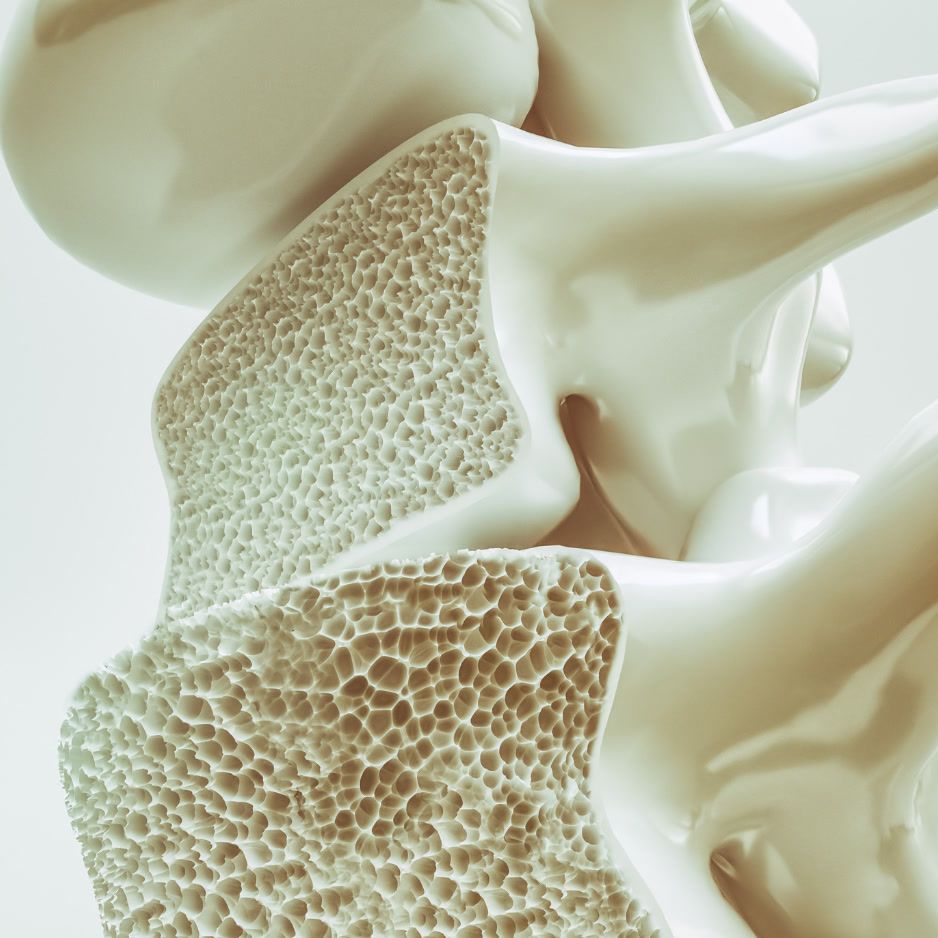Muscle Milk: Choosing the Right Shake for Your Goals
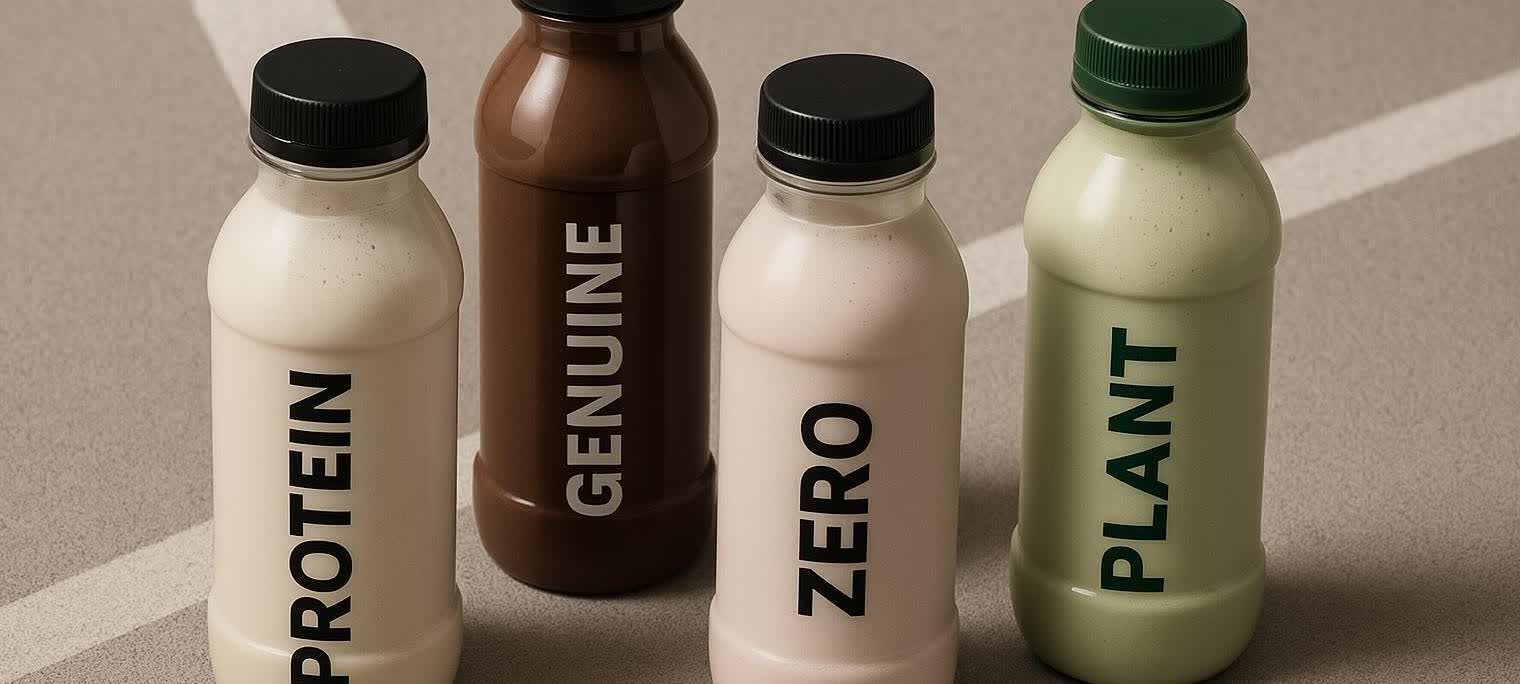
Muscle Milk: Possibly Too Many Options Now? Here's the Breakdown.
Ever stared at a wall of Muscle Milk bottles wondering which colorful carton actually lines up with your macros? You’re not alone. While the brand makes both powders and drinks, this BodySpec guide zeroes in on their ready-to-drink (RTD) shakes—Pro Series, Genuine, Zero, and Plant—to deliver a science-backed, goal-oriented breakdown you can sip with confidence.
Quick take: If you need the highest absolute protein per bottle, Pro Series tops the list. If calories are your bigger concern, Zero delivers the best protein-per-calorie ratio while keeping sugars at zero.
Table 1 – Muscle Milk RTD Lineup at a Glance (11–14 oz bottles)
| Variant | Protein | Calories | Sugar | Fiber | NSF Certified for Sport® | Vegan? |
|---|---|---|---|---|---|---|
| Pro Series | 32 – 40 g | 170 – 220 kcal | 1 g | 5 g | Yes | No |
| Genuine | 25 g | 160 kcal | 0 – 4 g | 2 – 4 g | Yes | No |
| Zero | 20 g | 100 – 170 kcal | 0 g | 4 g | Yes | No |
| Plant | 25 – 30 g | 180 – 220 kcal | 4 g added | <1 g | Yes | Yes |
All four RTD lines carry the NSF Certified for Sport® badge, indicating third-party testing for banned substances. Nutritional figures above are sourced from product SmartLabel pages and PepsiCo Product Facts.
Why Listen to BodySpec?
Being the #1 body composition scan clinic in the U.S gives us a front-row seat to millions of real-world muscle building and fat loss journeys. We continually see how smart protein choices accelerate muscle gain while safeguarding lean mass during weight loss!
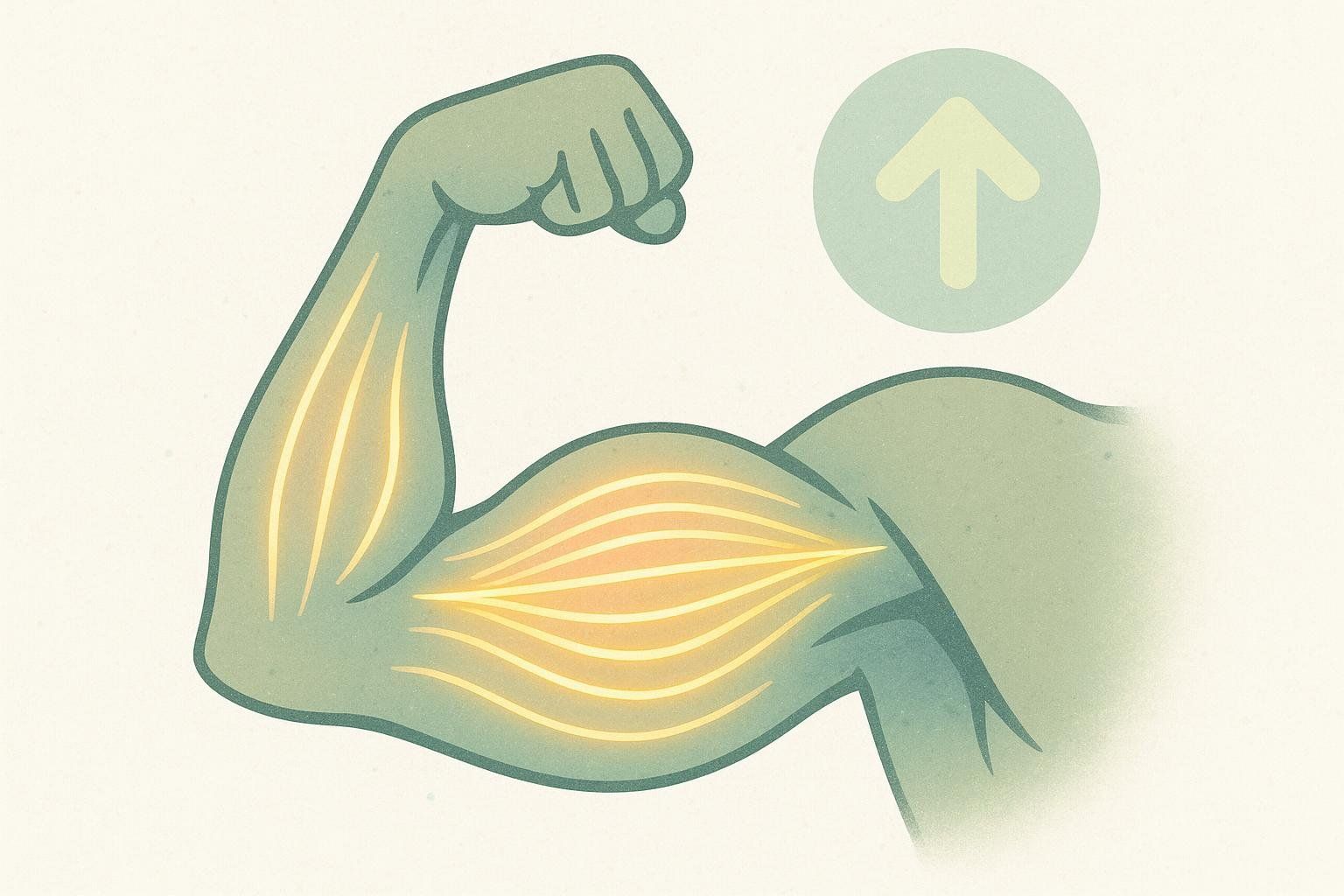
That perspective fuels the no-nonsense analysis ahead.
Muscle Milk Pro Series: High-Octane Recovery
Nutritional Highlights
- 32–40 g dairy-based protein per 11–14 oz bottle (Pro Series 32 g, Pro Series 40 g)
- 1 g sugar, 5 g fiber, 170–220 calories
- NSF Certified for Sport®—every batch is third-party tested for banned substances.
Best For
- Athletes chasing the leucine threshold (~2.5 g) in a single serving to spark maximal muscle-protein synthesis.
- Hard gainers or lifters in a calorie surplus who prefer drinking vs. eating an entire meal post-workout.
Watch-Outs
- Calorie-dense relative to Zero; not ideal for aggressive fat-loss cuts.
- Dairy protein isolate may cause GI issues if you’re lactose intolerant (lactose is filtered, but milk proteins remain).
Muscle Milk Genuine: The Legacy All-Rounder
Nutritional Highlights
- 25 g protein, 160 calories, 0–4 g sugar (Genuine SmartLabel)
- 20+ vitamins & minerals plus 2–4 g fiber.

Best For
- Everyday gym-goers wanting balanced macros without the heft of Pro Series.
- Busy professionals who need a portable meal bridge that won’t spike blood sugar.
Watch-Outs
- Still dairy-based; not vegan.
- Sugar content jumps in select specialty flavors—double-check the label.
Muscle Milk Zero: Macro Budgets, Rejoice
Nutritional Highlights
- 20 g protein, zero sugar, 100–170 calories (Muscle Milk Zero)
- 4 g fiber aids satiety.
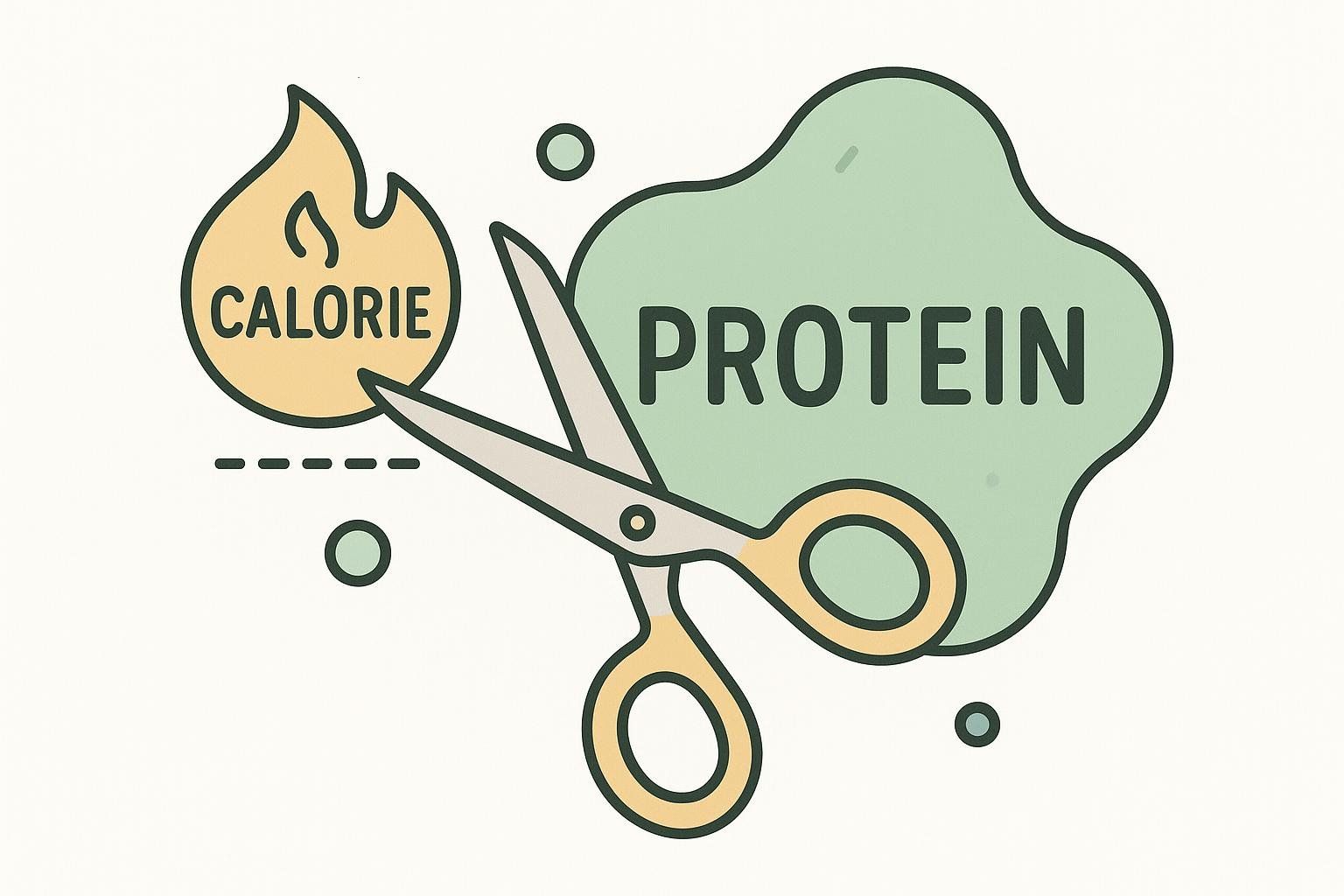
Best For
- Cutting phases or intermittent fasters looking for high protein with minimal calories.
- People sensitive to blood-sugar swings.
Watch-Outs
- Lower protein dose means you may need two servings—or pair with whole-food protein—to hit anabolic targets.
Muscle Milk Plant: Dairy-Free & Complete Aminos

Nutritional Highlights
- 25–30 g pea-based protein plus added amino acids to round out the EAA profile (Plant Product Facts)
- 180–220 calories, 4 g added sugar, <1 g fiber.
Best For
- Vegans or those with dairy allergies who still want leucine-rich recovery.
- Athletes during travel when plant-based options are scarce.
Watch-Outs
- Slightly chalkier mouthfeel vs. milk-based versions—common with pea protein.
- Higher sodium (~400 mg) can sneak up if you’re tracking.
Flavor Face-Off: Our Blind Taste Test Rankings
Below is the BodySpec HQ panel’s consensus after blind-tasting Chocolate and Vanilla varieties across all four lines (scores 1 = least favorite, 5 = crave-worthy).
| Variant | Chocolate | Vanilla |
|---|---|---|
| Pro Series | 4.5 | 4.0 |
| Genuine | 4.0 | 3.5 |
| Zero | 3.0 | 2.8 |
| Plant | 3.2 | 3.8 |
Subjective? Absolutely. But we standardized serving temperature (41 °F) and shook each bottle 15 times for fairness.
Decision Matrix: Match Muscle Milk to Your Goal
- Bulk & Strength Cycle ➜ Pro Series (or double Genuine) for ≥ 30 g protein and anabolic calorie surplus.
- General Fitness Maintenance ➜ Genuine for balanced macros and flavor variety.
- Cutting or Weight-Loss Phase ➜ Zero to keep protein high without drinking your calories.
- Plant-Based Diet or Dairy Sensitivity ➜ Plant for complete amino coverage, then monitor sodium.
Still unsure? Use the quick rule of thumb: Protein-to-Calorie Ratio. Divide protein grams by calories. Anything above 0.17 is excellent for lean-mass preservation; Zero (0.20) edges out Pro Series (0.19) for the crown.
Smart Usage Tips
| Timing | Pro Tip |
|---|---|
| Post-Workout | Aim for ≥ 0.4 g/kg body weight protein within 90 min. One Pro Series usually covers this for athletes up to ~175 lb. |
| Meal Replacement | Pair any variant with fruit + handful of nuts for balanced carbs & fats. |
| Travel Days | Freeze the bottle overnight; it’ll thaw into a cold shake mid-flight. |
| Body Composition Tracking | Schedule a DEXA scan every 6–8 weeks to confirm lean-mass trends against your protein routine. |

Common Questions
Is Muscle Milk safe for teens?
Yes, but watch total daily protein—0.8–1.0 g per pound of body weight is sufficient for most adolescent athletes. Always clear supplementation with a pediatrician.
Does Muscle Milk “spike” insulin because of artificial sweeteners?
Current evidence shows sucralose and acesulfame-K have minimal impact on blood glucose or insulin at typical serving sizes (NIH, 2020).
How does Muscle Milk compare to whey protein powder?
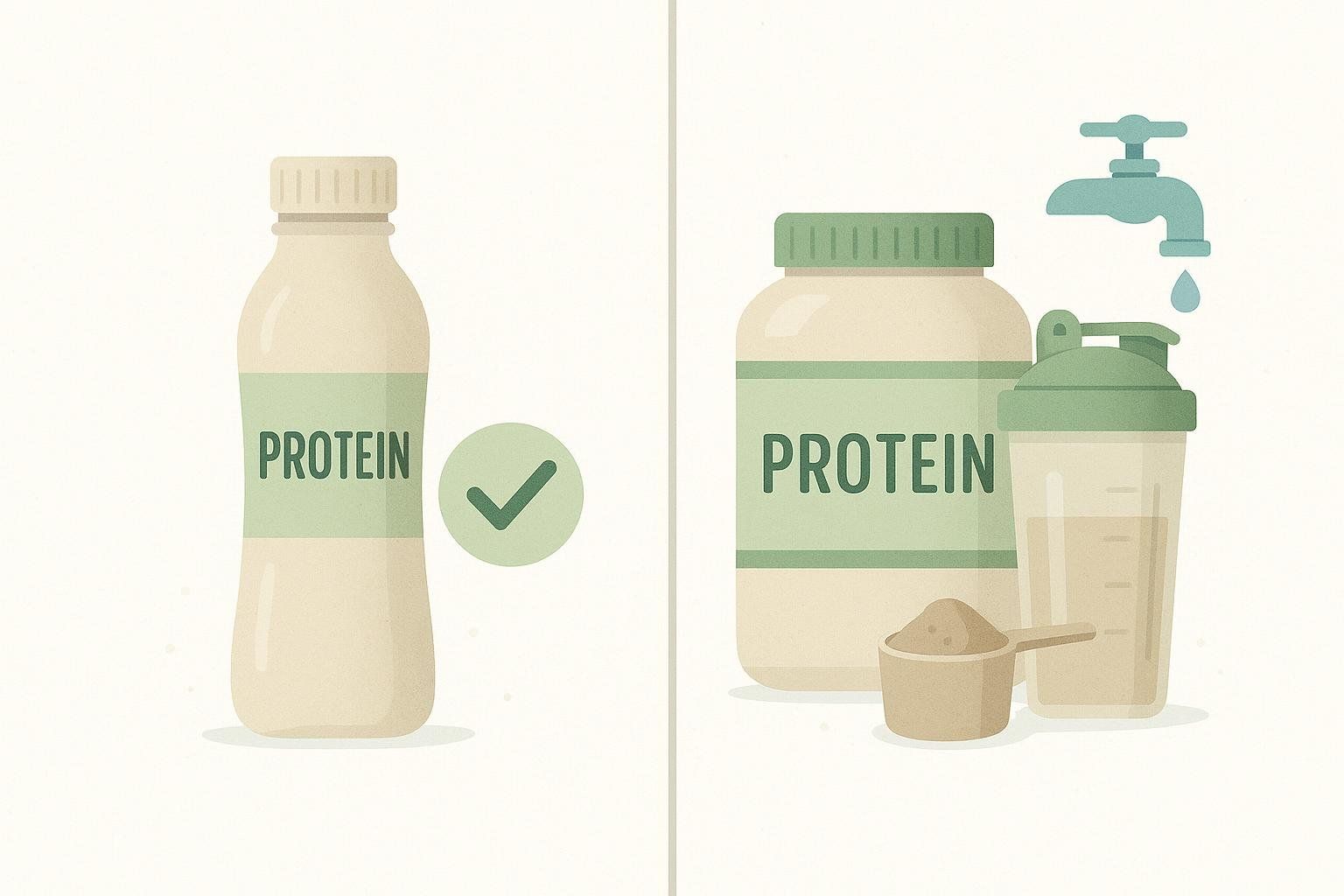
Whey concentrates/isolates usually offer a higher protein-to-calorie ratio and fewer fillers, but require water, a shaker, and access to a sink. RTDs win on convenience—just crack and drink.
Can I hit my protein without supplements?
Absolutely—whole foods reign supreme. See our guide “Need More Protein?” for high-quality meal ideas.
The Bottom Line
Muscle Milk delivers convenient, third-party-tested protein in a variety of well-regarded flavors. Pick your variant based on calorie budget, dietary restrictions, and protein targets—then validate your gains with a DEXA scan instead of the bathroom mirror. For more on dialing in protein, check out “The Protein Primer” and our deep dive into “High-Protein Diets: Animal vs Plant-Based Proteins in Muscle Growth.”
Ready to track the impact of your shake habit? Book a scan at a BodySpec location near you and turn those macros into measurable muscle.


